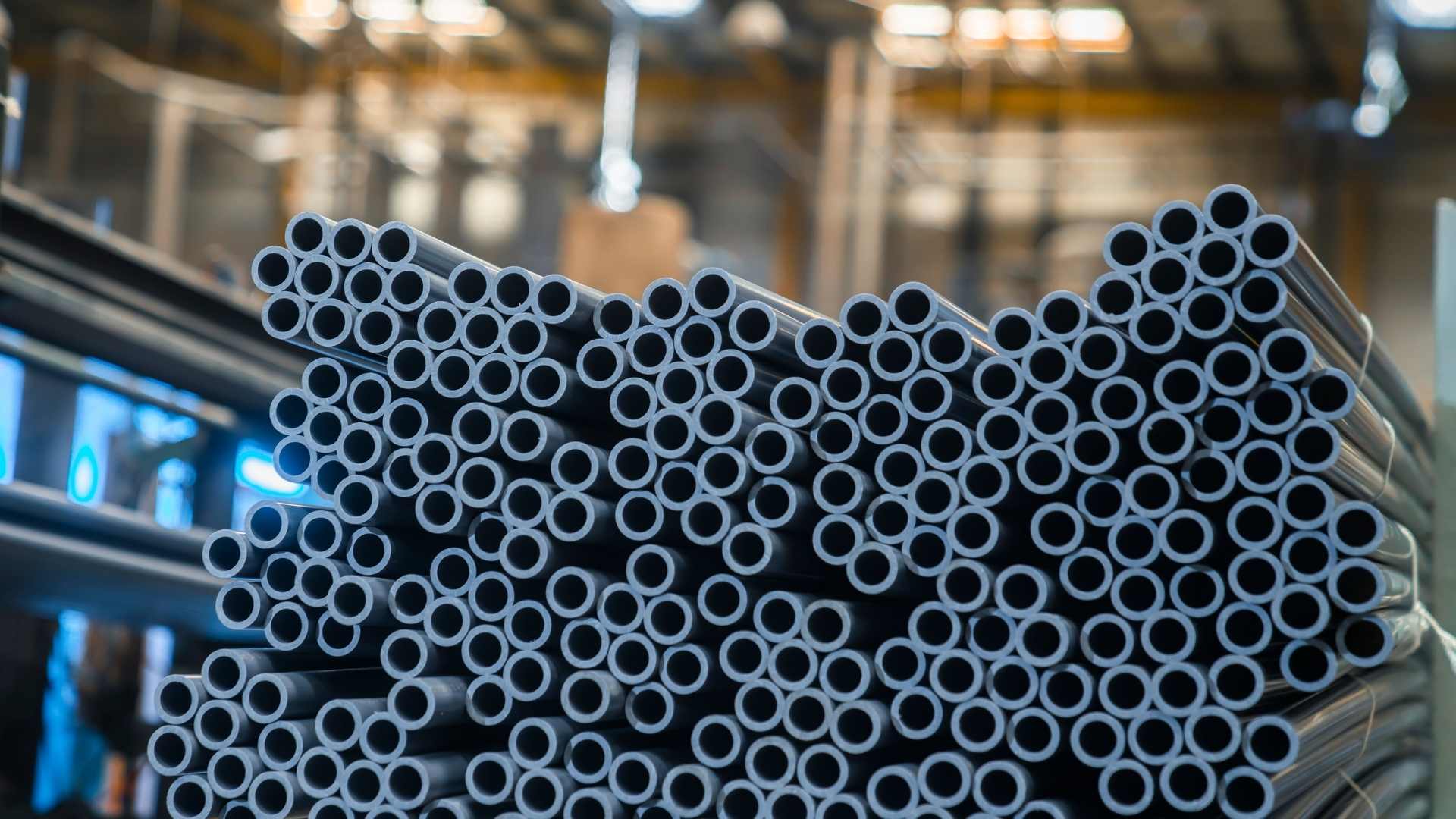Improved production with Robotics
Technology is all around us. It is said to be one of the greatest inventions that ever happened to business. The integration of robotics into factory and production processes help in increasing sales and performance. The emergence of technology is definitely not subtle, and robotic augmentation to assist human efforts on the assembly line is nothing new. People can’t deny the fact that technological assistance has completely reshaped manufacturing operations as it decreases the production costs and increases productivity. Companies and other construction firms are now recognizing the use of robotics as it provides golden opportunities and simply improves productivity.
Below is a list of how robotics improved production.
PRECISE AND QUALITY BULK OF WORK
Photo by Kateryna Babaieva
In a modified production, wherein the use of manual and robotic work is integrated, it is a must to check and assure quality. Robots can work 24/7 and can contribute quality onto the output. People will now supervise production, ensuring that there would be no failure. Also, robots can take on the bulk of work. Most of the companies are considering the use of robotics for bulk orders and bulk production as it will take a shorter time to produce the expected output. Robots run tirelessly and do not have to stop for lunch breaks or adjustments in shifts. And all the time, they're doing the same thing, in the same way. That can increase efficiency , quality and consistency overall and enhance it.
HANDLING OF RAW MATERIALS
Image by MichaelGaida
In the construction site, there are materials that can harm worker’s health, especially if it is hazardous. It is amazing that robots are able to fill positions in hazardous working environments. Robotics have undergone programming to treat these materials with proper and precise care, with the worst case scenario involving a mechanical repair rather than human casualty. In addition, robots can help avoid warehouse product harm as they are more experienced in handling dangerous or temperature-sensitive products. Also, robots can perform in harsh environments even people can’t operate.
DIVERSE USAGE
Image by S. Hermann & F. Richter
What’s great about robotics is you can modify it according to the usage. People in a construction site can modify a specific robot according to what the production needs. In manufacturing, robots have a wide variety of possible applications because they are modular and programmable. Sensor technology allows the world to be heard, seen, and felt by robots. In the quality management and measurement process, these skills are important. The emergence of AI and self-learning robots create a flexible manufacturing environment.
Robots have been making things easier for manufacturers all over the world, from precision machining and assembly to material handling. By automating your manufacturing processes, it is time to unlock the next level of productivity. Visit our pool of professionals to know more about robotics.





